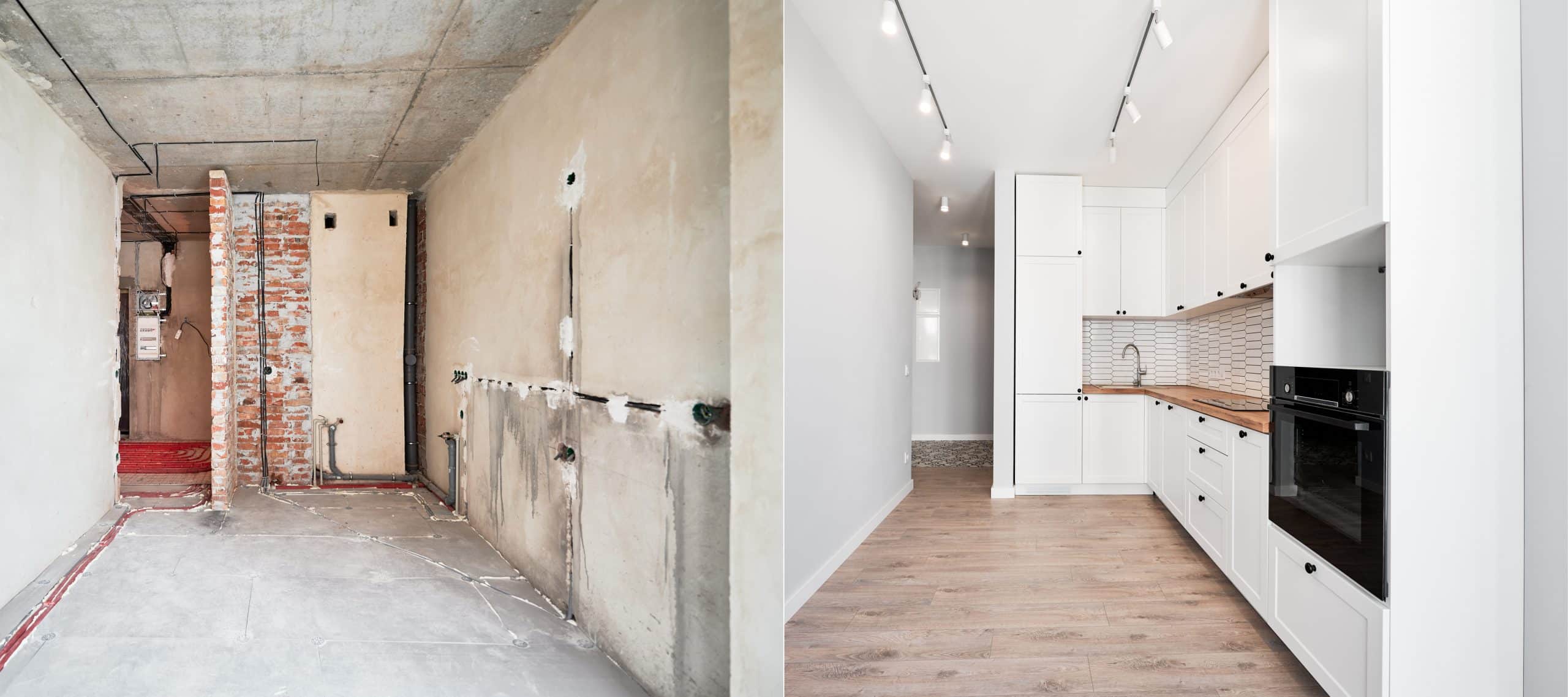How to Achieve Maximum Energy Efficiency in Historic Building Renovations?

Historic buildings symbolize the rich culture and heritage of a community. They are a testament to architectural genius and ingenuity. However, these buildings were constructed in an era where energy efficiency and sustainability weren’t significant concerns. As we advance towards a greener future, there’s an increasing need to retrofit these historic buildings for energy efficiency, while ensuring their preservation. How is it possible? Let’s dive into the world of sustainable redevelopment, adopting energy-efficient design strategies, and utilizing appropriate insulation materials.
Balancing Energy Efficiency and Preservation
Historic buildings, with their unique design and construction, pose a challenge when it comes to energy efficiency. These properties, often characterized by large windows, solid walls, and outdated heating systems, can be energy guzzlers. However, their historic nature necessitates preservation.
Sujet a lire : How to Use Machine Learning Algorithms to Predict UK Housing Market Trends?
Retrofitting for energy efficiency should not compromise the building’s heritage. Use of suitable materials and adherence to strict preservation standards is paramount. A comprehensive assessment of the building’s existing structure, identifying energy inefficiencies and possible solutions, forms the bedrock of this process. For instance, outdated heating and air conditioning systems can be replaced with modern, energy-efficient systems without altering the building’s aesthetic appeal.
Using Suitable Insulation Materials
Proper insulation is a cornerstone of energy efficiency. In historic buildings, this can be a challenge due to the unique construction of walls, roofs, and windows. However, myriad insulation materials are suitable for such applications.
Avez-vous vu cela : What Are the Legal Implications of Airbnb Rentals for UK Property Owners?
Natural, breathable materials like hemp, sheep’s wool, or wood fiber can be used in solid-wall buildings, enhancing their thermal performance. These materials allow the passage of moisture, preventing damp and mold growth – common issues in older buildings. With careful design and installation, these materials can be incorporated without altering the historic character of the building.
Retrofitting Windows for Energy Efficiency
Windows are often the weakest link in a building’s energy efficiency. In historic buildings, large, single-glazed windows may look beautiful, but they result in significant heat loss.
Instead of replacing these windows, which may not be in keeping with the building’s heritage, secondary glazing can be implemented. This involves fitting a discrete, secondary window pane to the existing window, reducing heat loss and improving thermal efficiency. Additionally, draught-proofing historic windows and doors can also result in energy savings, and these alterations are often visually minimal.
Adopting a Sustainable Design Approach
When retrofitting historic buildings, adopting a sustainable design approach can reap multiple benefits. Incorporating renewable energy systems such as solar panels or heat pumps can offset the building’s energy consumption. However, these must be sensitively installed to preserve the building’s character.
Furthermore, using local, sustainable construction materials can reduce the carbon footprint of the renovation. By incorporating natural ventilation, daylighting strategies, and rainwater harvesting, the building’s sustainability can be enhanced.
Adhering to Energy Efficiency Standards
Adhering to energy efficiency standards during a renovation is crucial. These standards, which vary by location, set the minimum requirements for insulation, heating, ventilation, and air conditioning systems.
While these standards may seem restrictive, they represent the bare minimum and should serve as a starting point for any renovation. By exceeding these standards, you can achieve greater energy savings, improved comfort, and higher property values.
Remember, the primary goal is not to alter the heritage of the building but to take the necessary measures, like using appropriate insulation materials and energy-efficient systems, to make it more energy-efficient and sustainable. By harmonizing energy efficiency with historic preservation, it is possible to protect our architectural heritage while moving towards a greener future.
Energy Audit and Systems Upgrades
Conducting an energy audit of the historic building can shed light on areas that need improvement and will help create a strategic plan for energy conservation. An energy audit involves a detailed analysis of the building’s energy consumption, identifying areas of wastage and proposing potential upgrades. This can range from pinpointing air leaks and poorly insulated areas to assessing the efficiency of existing heating, cooling, and electrical systems.
One common area that requires attention in older buildings is the heating and cooling systems. These systems are often outdated and consume a large amount of energy. Upgrading to a modern, energy-efficient heating and cooling system can drastically reduce energy consumption. It’s critical to ensure that the new systems are compatible with the historic building and do not detract from its architectural integrity.
Another significant aspect to consider is the lighting. Swap out traditional light bulbs for LED or other energy-efficient options, which can significantly reduce electricity usage. Moreover, incorporating occupancy sensors and timers can prevent wastage of electricity when rooms are not in use.
However, it’s essential to remember that every historic building is unique, and what works for one may not necessarily work for another. Therefore, the strategies adopted must be tailored to each building, keeping the building’s structure, architectural significance, and local climate in mind.
Conclusion: Towards a Greener Future with Historic Buildings
In conclusion, renovating historic buildings for energy efficiency is not just about conserving energy or combating climate change. It’s also about preserving our rich architectural heritage and retaining the aesthetic charm of these unique structures.
While it may seem daunting to balance preservation with energy efficiency, it’s a worthwhile endeavor. By conducting a thorough energy audit, choosing the appropriate insulation materials, retrofitting windows, and upgrading heating, cooling, and lighting systems, the energy performance of historic buildings can be significantly enhanced.
Achieving maximum energy efficiency in historic buildings is more than just a technical challenge. It requires an understanding and appreciation for the building’s history, its architectural value, and its role in the community. It demands a careful balance of preservation and progress, of keeping the past alive while embracing the future.
Ultimately, as we strive for a more eco-friendly world, we do not need to demolish our past to build our future. We can bring these historic structures into the 21st century, making them energy-efficient and sustainable while preserving their historic charm. This approach allows us to honor our past while moving progressively towards a green future, creating a legacy that future generations can admire and learn from.
